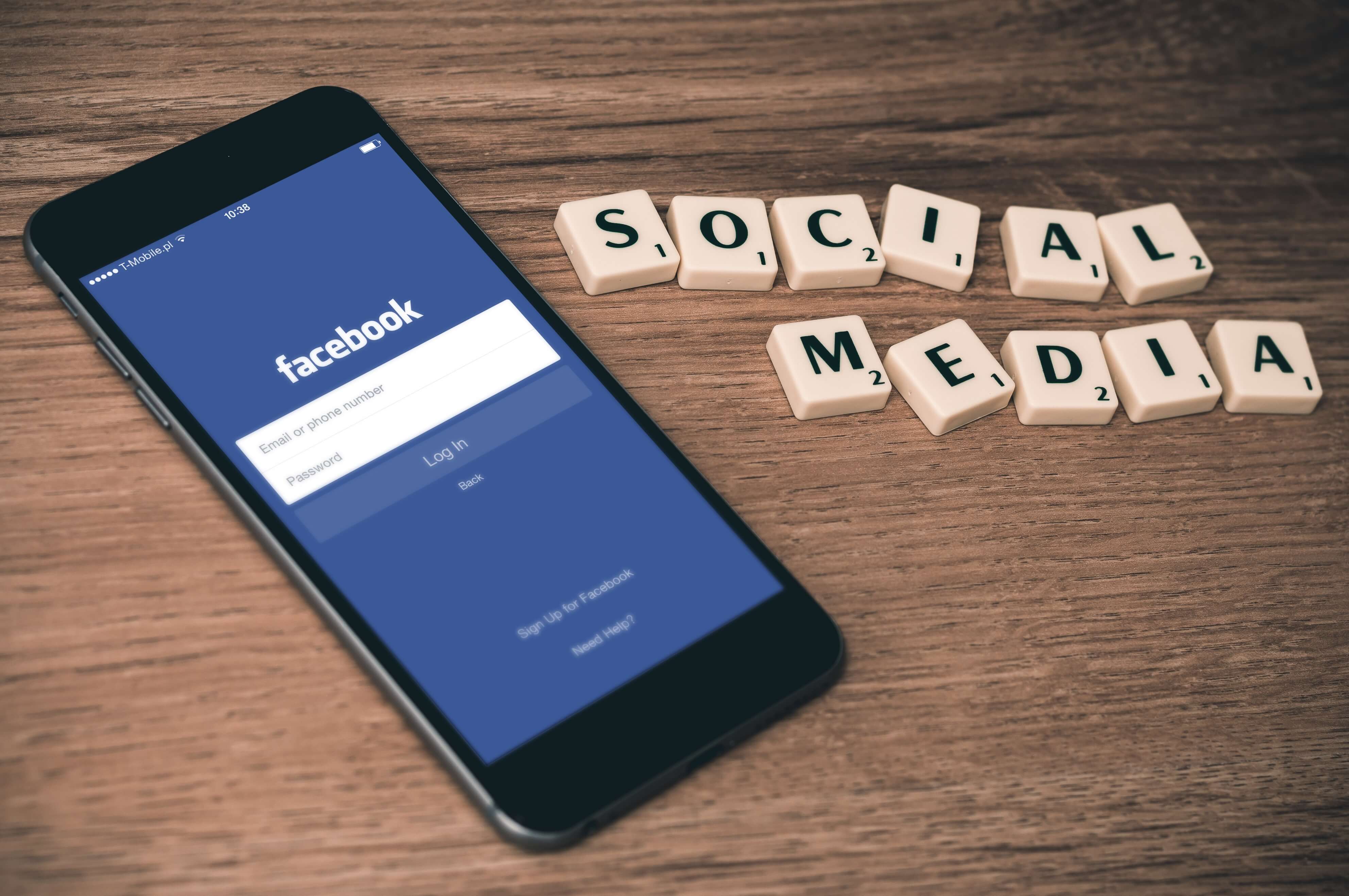Is it really necessary to snap chats and get ‘grams for business growth? The social media platform possibilities are endless, and while we’d love nothing more than to present you with a hard and fast rule, the answer is that it entirely depends on your business and your goals.
We’ll help you figure that out, but first things first — and we have to ask — why do you even want to use social media?
Maintaining a competitive edge is important, but “because everyone else is doing it” is not a good enough answer.
Better reasons may include:
- To increase visits to your website
- To give brand awareness a boost
- To promote your business’s services and products
- Because it’s free! (Although you can pay to try to be seen by even more eyeballs).
- To collect all kinds of useful consumer data
- To enhance your customer service campaign with direct consumer listening and outreach
There are a variety of reasons for which to choose, all of them good! Whatever your reason, keep the following in mind: the number of worldwide social media users is predicted to reach a staggering 3.02 billion by 2021. Global audiences continue to grow more socially inclined by about 7% year over year steadily.
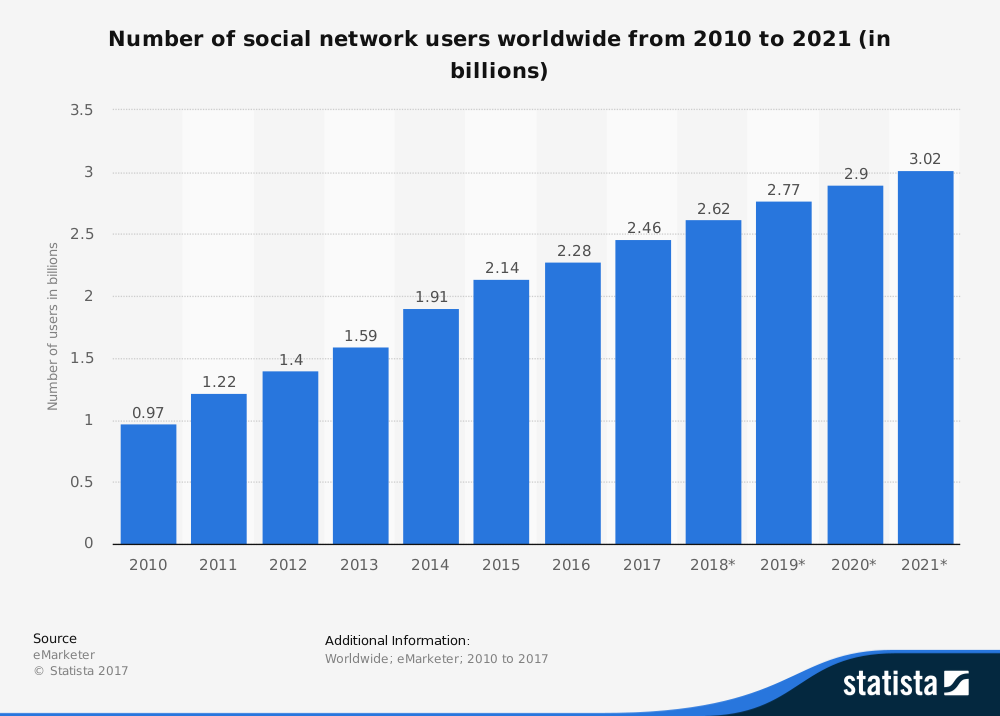
Missing out on that kind of volume is a lost opportunity for potential ROI. So, take the time to figure out why social media is most important to you and your business, and through that lens, pick a platform and a strategy.
Ready, Set, Choose!
These are the social platforms you should know about, why you should care, plus some helpful details about their audience. Note: each channel is unique, and your business does not need to be featured on every single one of them. Use this as a guide to kick off your faves.
Facebook – Insights, numbers, volume.
With an average of 1 billion daily active users, Facebook puts all other social platforms to shame as far as pure audience volume. Think about it: approximately 400 new users sign up for Facebook every 60 seconds. Each minute, brands with a Facebook presence have the opportunity to reach all those people. More equals more. More visitors back to your website and more shoppers buying your products.
Pro tip: Facebook Insights is a free service that provides demographic info about your audience. Here’s a sample of what that breakdown might look like:

Google+ – Improve SEO (also, it’s Google, so…)
Yes, Google+ is still a thing, and, in case you forgot, it’s owned by the largest search engine in the world, so ignoring it may not be the best idea. Better for some social communities than others, with 212 million active profiles, Google+ is still relevant.
Pro tip: every post made on Google+ has a unique URL. This means that individual posts are more likely to rank high in search results which is good for organic SEO (search engine optimization).
Instagram – Engage millennials.
Like Twitter, but with all pics and videos, Instagram is a strong way to build customer engagement and brand loyalty, especially with the younger millennial crowd. Instagram is growing fast. It was launched in 2010 and acquired by Facebook in 2012. By 2017 over 120 million users of the social media platform engaged with a brand in a given month. Emails, direct messages, phone calls, shares — all walks of engagement are possible with Instagram. Many brands, especially those with more visually stimulating content to share, are crushing their Instagram presence.
Its lighthearted approach to imagery and newer “Stories” feature tend to make Instagram more appealing to a more tech-savvy crowd.
LinkedIn – Keep it professional
LinkedIn, acquired by Microsoft in 2016, is an ever-evolving social media platform with over 500 million global users. What began as a community focused on career growth has evolved into a personal branding and content-sharing machine.
LinkedIn is helpful for finding and hiring employees or searching for career opportunities, and also for sharing blog posts and gaining authoritative credibility as industry and brand thought-leaders.
Use your personal LinkedIn page to find out who works where, where they used to work, and who they are connected to. Use your company’s LinkedIn page to promote your brand and create a space for your employees to publically connect and share career- and product-focused content.
Take a look at the company LinkedIn page for nDash. Note that it lists all employees, the number of total followers plus recent updates, and an About Us section.
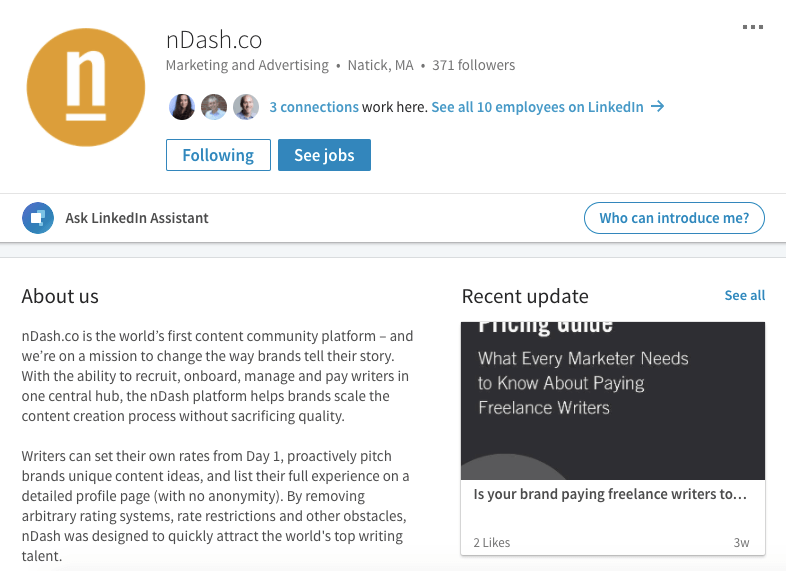
For inspiration and best practices when setting up your own LinkedIn company page, check out LinkedIn’s own picks for the best company pages of 2017:
Medium – “Read, write, and share stories that matter.”
Medium rewards content for its quality (not quantity nor dollars spent). It focuses on visualization and user experience. Look, it’s pretty!
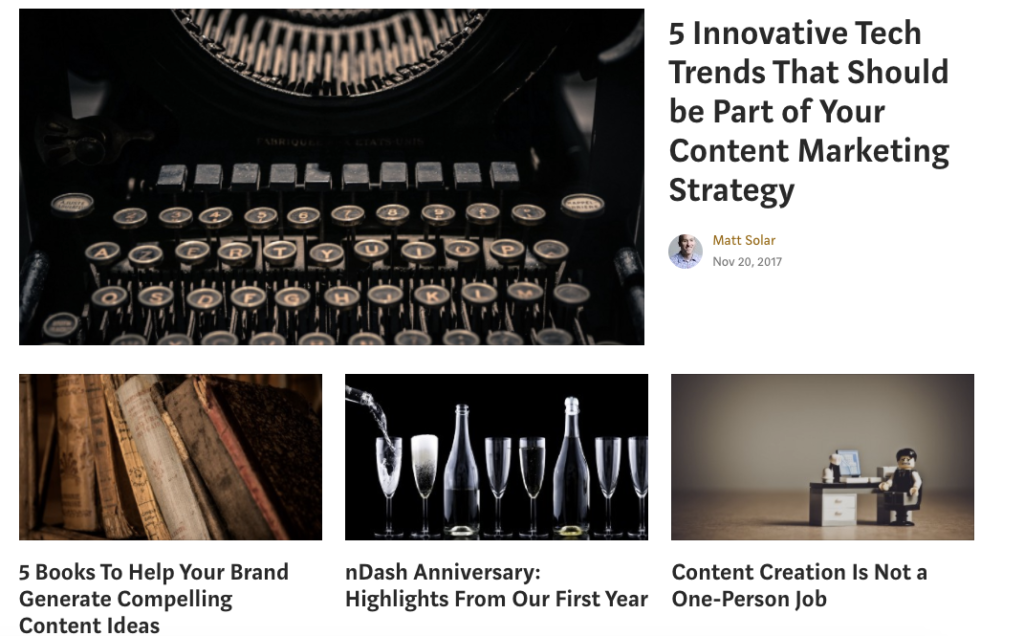
Rather than listing content in reverse chronological order with the most recent on top, Medium’s editorial team, crowdsourced suggestions, and algorithms aim to present the best content first.
Users get to customize the content they want to read by their favorite authors, having full control in a non-sponsored (finally!) arena. Dubbed disruptive, Medium is an interesting place for brands to continue testing the waters in an effort to more authentically connect with their audience.
Pinterest – “Ladies, all the ladies…” (and some guys, too).
If your target audience is predominantly female, you should definitely consider making a Pinterest appearance. It’s leveled out a bit since Pinterest launched in 2010, but in mid-2017, there were still 26% more women than men using the platform.

So, how does Pinterest work? For kicks, I typed “Porgs” in the Pinterest search bar. (In case you don’t know, these adorable little creatures are the latest fad in the Star Wars franchise craze). Here’s what popped up:

Pinterest serves up a variety of images of Porgs, mostly Porg-related products.
What’s fascinating is that 93% of Pinterest users surveyed in a recent study reported that they use Pinterest to plan for purchases. In comparison, 87% said using Pinterest helped them decide what to purchase. You’re likely not selling Porgs, but if you find ways to present your product in a visually stimulating way and it appeals to women, you likely belong pinned to this platform.
Quora – A potential content marketing machine.
Ask any questions you have about your company or product, and the members of this Q&A-based social platform will chime in with their thoughts and advice. Managed by up-voting, credibility is given to top-ranked posts. The better your post, the higher it gets ranked. Use this as an opportunity to reach Quora’s 200 million monthly active users.
This particular question answered by Quora Founder & CEO has been upvoted 27K times and is ranked first out of 46 total answers.

Don’t have a question? Search through the topics to learn something new about your competitors and industry.
Reddit – Get the buzz from “the front page of the internet.”
Reddit is, at its core, a news aggregator that’s slowly creeping into the social media space. Practically inventors of crowdsourced upvoting (or downvoting), experts manage Reddit — its readers. Less than stellar content is, therefore, immediately dismissed.
Using the live AMA (ask me anything) feature is a very cool way for brands to keep it real with their audiences. This list of the top-scoring Reddit AMAs to date features Q&A discussions with Bill Gates and former President Barack Obama.
Twitter – Chat it up and connect.
Use Twitter to connect with your audience in real-time and to respond to customer service requests.
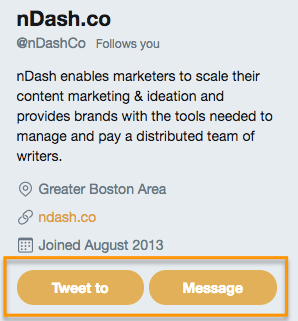
This snapshot of nDash’s Twitter page shows just how easy it is for a brand’s audience to send a tweet or message. Bigger brands field inquiries, complaints, and shoutouts pouring all day.
Pro tip: Hashtags (#) let you plug your brand into current events and industry happenings and find out what people in your industry are talking about. See what hashtags trend on the left-hand side of Twitter’s home screen to find out what’s the word of the day. Customize this “Trends for You” section to get updates from your location of choice.
What’s Next and Quick Tips
If possibilities overwhelm you, don’t let them. Social media is, at its heart, meant to be fun. Yes, this more laid-back side of marketing demands discipline, but mostly creativity. We recommend starting with one social media channel at a time. Learn its nuances, understand its metrics, grow a small (or big) following, and then move on to the next channel.
Don’t fret. Typos aren’t great, but they’re hardly the end of the world, especially in a fast-paced environment where you can just as easily fix your mistake or poke fun at yourself.
Final Thoughts on Which Social Media Platform to Use for Business
Above all, be sensitive to what is happening in the world, tell your authentic story, and strive to make real connections with real people on the other side of the screen.
 Editor’s note: This post is by nDash community member Melanie LoBue. Melanie is a freelance writer, editor, and digital marketing consultant living in Boston who also works full-time as Director of Digital Content Marketing for a global tech company. With over 20 years of professional creative experience, Melanie focuses on helping businesses grow using the power of words. To learn more about Melanie, or to have her write for your brand, check out her nDash profile page.
Editor’s note: This post is by nDash community member Melanie LoBue. Melanie is a freelance writer, editor, and digital marketing consultant living in Boston who also works full-time as Director of Digital Content Marketing for a global tech company. With over 20 years of professional creative experience, Melanie focuses on helping businesses grow using the power of words. To learn more about Melanie, or to have her write for your brand, check out her nDash profile page.
